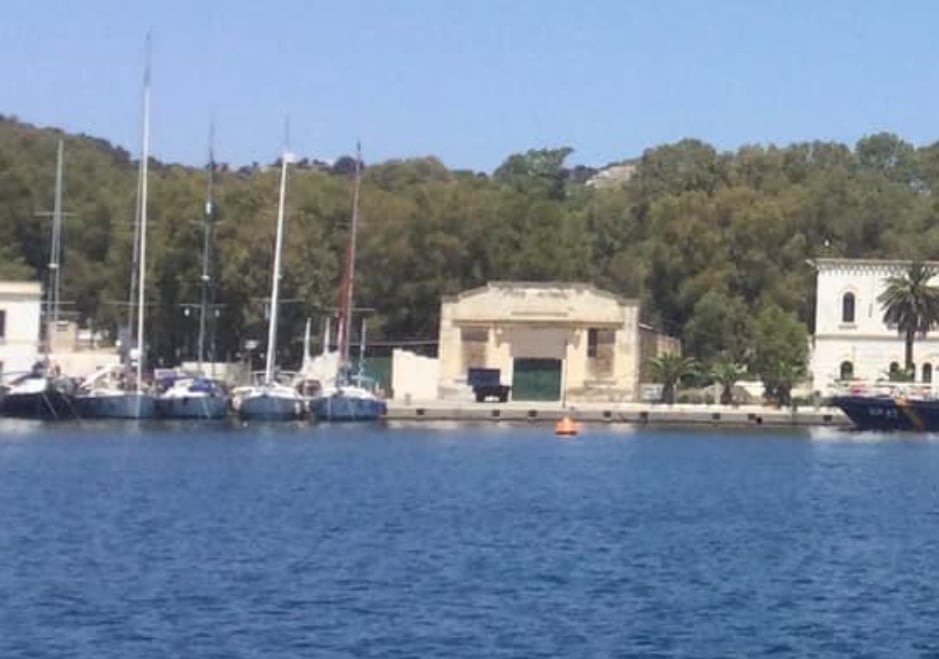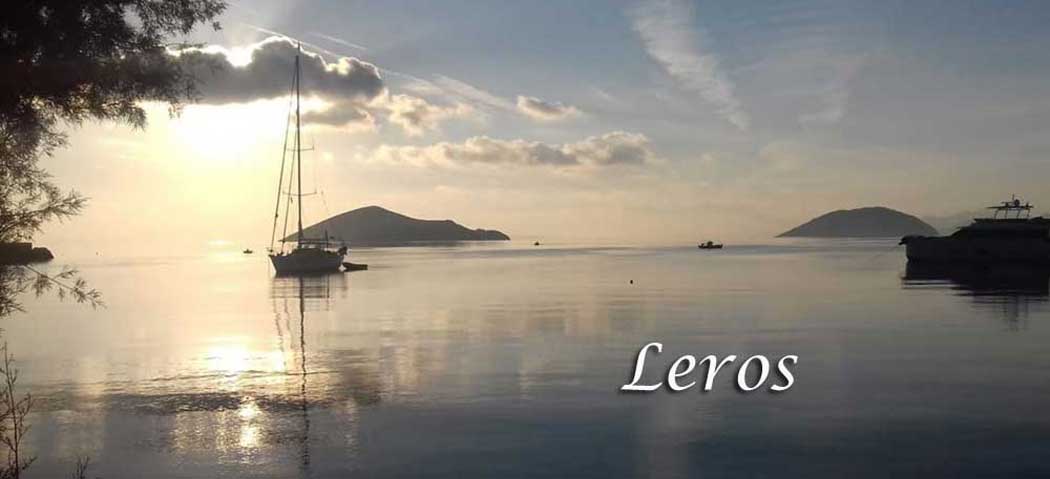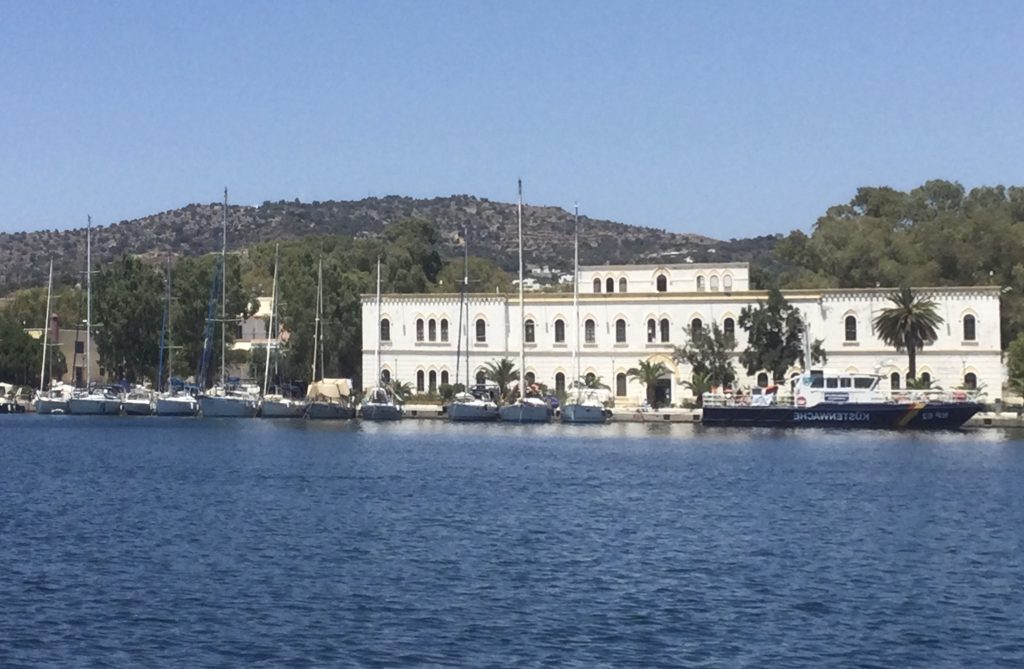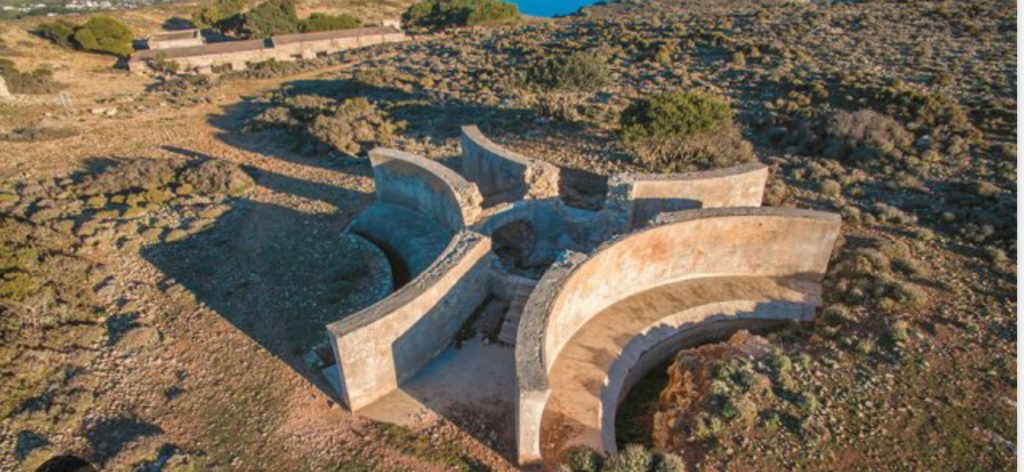Italian Legacy of Leros
Leros has a unique history, and during the early 20th century, it came under Italian occupation for about three decades, from 1912 to 1943, following the Italo-Turkish War. During this period, the Italians left a significant architectural mark on the island, which blended with the native Greek heritage.
Though Leros today is unmistakably Greek in its culture and identity, the remnants of the Italian occupation provide an intriguing layer of history and architecture. These buildings and structures are a testament to the island’s multifaceted past, adding another dimension to its rich tapestry of stories.
The Ministry of Culture for the promotion of the cultural reserve and the unique architectural and urban character of Leros, in collaboration with the National Technical University of Athens and the University of Thessaly, have completed the strategic plan, which constitutes the road map for the integrated management, and promotion of the island’s monuments, such as Panteli Castle, the Churches of Agia Kiouras in Partheni, Agios Petros in Drymonas, Agios Zacharios and Agios Spyridonos in Merikia, the Fortress in Bourtzi and the historic Hotel
The Ministry of Culture declared as monuments the buildings of the Naval Barracks in Lakki, the large Warehouse of the Port also in Lakki and the Aerophone and its surroundings, in Patella, accepting the positive opinion of the Central Council of New Monuments.
The monuments are characteristic examples of 20th century architecture: the Italian barracks administration building is an excellent example of eclecticism, the Grand Warehouse of the Port is in the “deco” style, being evidence of the Italian Occupation of the Dodecanese, during the period 1912-1943, such as and the development of the area from an architectural, cultural and historical point of view
Naval Barracks
The study of the Naval Barracks began in 1928, while its construction two years later. The architect was Rodolfo Petracco. The building had a ground floor, first and second floors, covering only the central part of the building.
Its use, during the Italian period (1912-1943), as a Naval Barracks imposed its functional organization with dormitories, offices, sanitary and assembly areas and warehouses. During the bombings of 1943 part of the roof and roof of the second floor was blown off.
It was repaired in the years that followed. After the integration of the Dodecanese in Greece, it was initially used as a Gymnasium and Lyceum. Since then, various functions have been added to the building, especially on the ground floor. In the following years, the building, for functional reasons, underwent several interventions inside, altering its original structure. Today, they house the services of the Municipality and local bodies
.
The Aerophone
The complex of buildings of Aerofono, is evidence of the Italian Occupation of the Dodecanese, during the period 1912-1943, with its curved acoustic walls, its underground facilities and its surroundings are a unique sample of military architecture in Greece and one of the few surviving aerial installations, 360 degree coverage, in Europe. It is preserved in excellent condition, being an important remnant of military history.
On the top of Mount Patela, on the small plateau that is formed, control units were developed, on the one hand for the passage of ships, and on the other for air control.
Machines were installed to receive messages and monitor the planes. Special buildings were built, with acoustic walls, to detect planes and ships from a distance .
Il Grande Magazino
West of the Naval Barracks, the large and elongated warehouse was built in 1939 for the materials and parts of Italian warships, vehicles, machinery and other materials.
It is a rectangular ground-floor building, with its main face imposing and symmetrical, decorated in the “deco” style, with an elaborate gable crown and large windows. A large truck even drove through its grand entrance.




